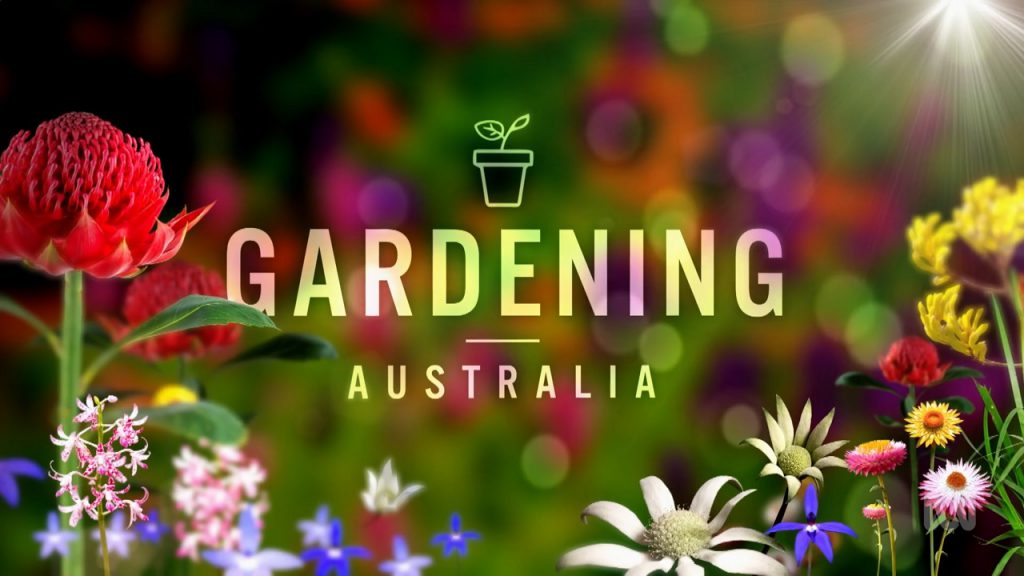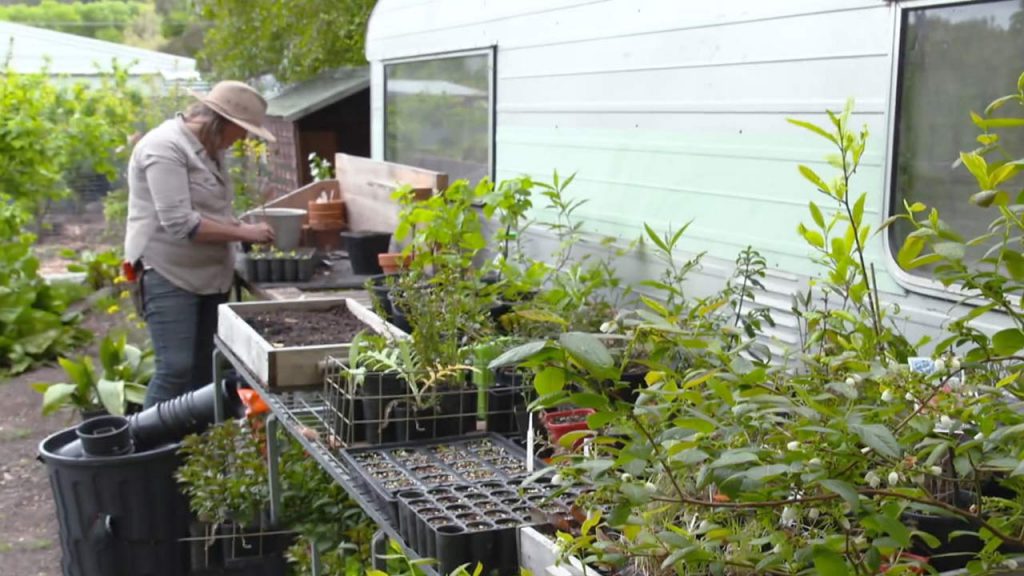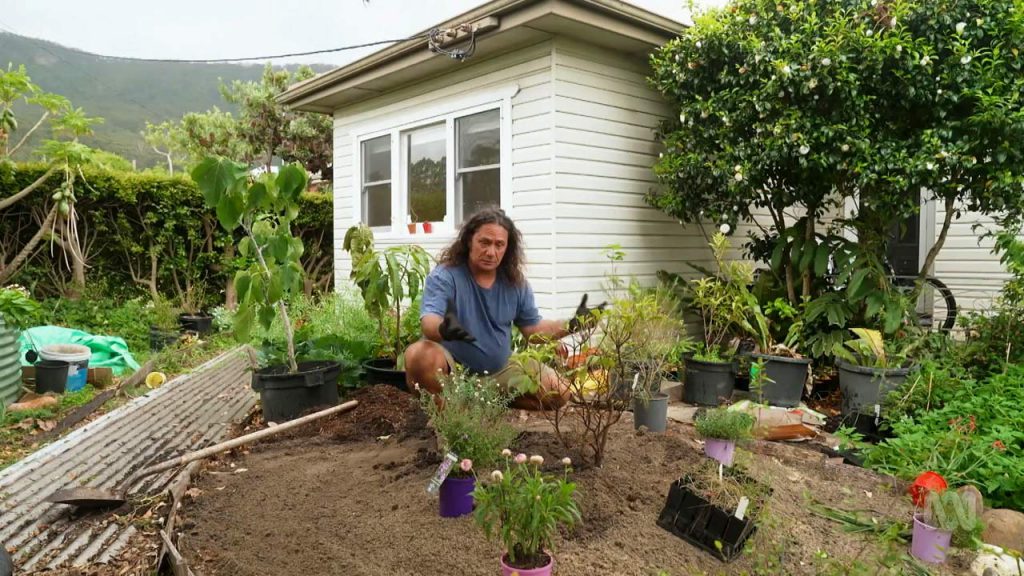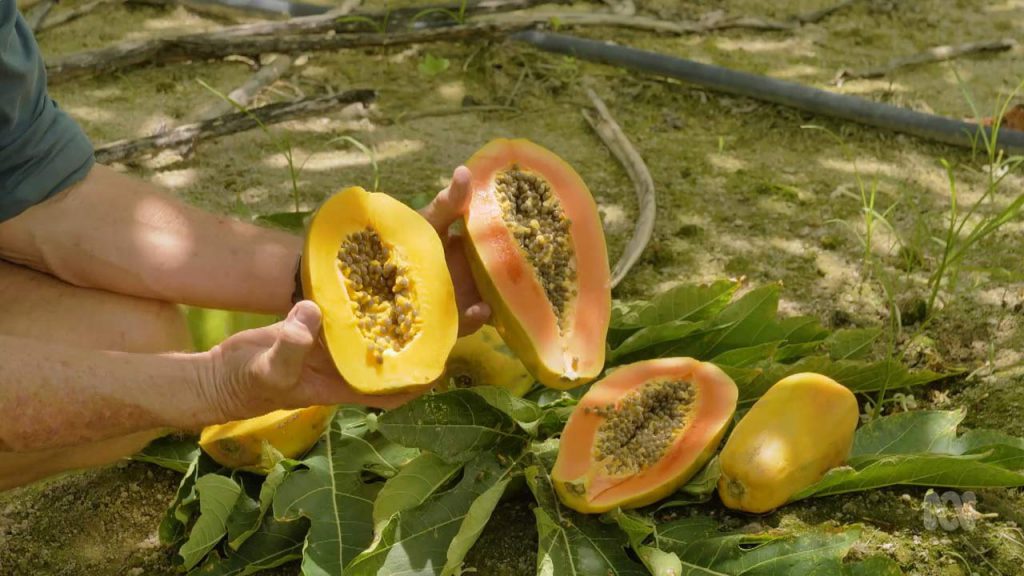Gardening Australia episode 23 2022: Costa learns about wetlands; Millie meets a native flower grower; Josh returns to a sandy soil transformation; Jerry fixes an aging garden; Tammy shares tips to stop weeds; and we meet a photographer of farming and forests.
Inspiring, entertaining and full of practical advice, join Costa Georgiadis and the team as they unearth gardening ideas, meet avid gardeners and look at some of the most inspiring gardens from across the country.
Gardening Australia episode 23 2022
Wet ‘N’ Wild
Costa heads out west to learn the importance of preserving overlooked wetland plants which support the international travels of migratory shorebirds. This wetland system is home to threatened species of plants which are a crucial feeding ground for migratory shorebirds.
Along a 133km stretch of coastline, this area contains five threatened ecological communities, including Samphire Saltmarsh, Banksia Woodlands, and Melaleuca Shrublands. It is also one of only two places in the world with living Thrombolites —communities of 2,000 year old microorganisms.
Costa meets with Jane O’Malley, the CEO of the Peel-Harvey Catchment Council, who are responsible for maintaining and advocating for the health of this wetland system. Jane shares the importance of this responsibility, ‘since the 1950s we’ve lost over 50% of our wetlands globally. Wetlands are one of the most important systems that we have, they are the kidneys of our planet’.
This massive wetland system is also under threat due to urban development encroaching into the ecosystem. ‘The waterways are beautiful, we love them, but we need to be careful that we don’t love them to death.’ Jane advocates for ways that we can all help to reduce the degradation. One of the biggest issues at the suburban-wetland boundary is 75 tonnes too much phosphorus coming into the wetland. ‘We need everybody to help, don’t put fertiliser on the lawn just before it rains, that will just flow out into our waterways’.
Pruning Fruit Trees
Tino demonstrates how to prune fruit trees. Winter is a great time to be pruning fruit trees, like apples, because they are dormant and it’s easier to see what is going on. Giving them a good haircut will keep them in shape and keep them healthy. But before you get your secateurs out, there’s a couple of things you need to do.
If you see the three D’s; dead, diseased, or damaged wood, cut them out first. This tree is in pretty good nick, so all I need to do is take out the internal branches that are closing the centre of the tree.
This apple is in a goblet shape, which is a good shape for a home gardener to prune their trees. It has a main trunk with good scaffold branches that are evenly spaced. On an apple like this, the goblet shape creates good spurs, which is where you get your fruit. Remove any branches that are crossing or rubbing on each other, and any that are growing inwards toward the tree, rather than outward. This will help with the notion of keeping the centre open.
Naturally Good
Millie meets an inspiring native flower grower who has cultivated a collection of beautiful and unique variations of locally endemic plants. Marylin’s 4.5-hectare garden is surrounded on three sides by national park, containing the iconic Box Ironbark Forest. With more shale rock than soil, fertility is low and with only 500mm rainfall. It’s called upside down country by the local Dja Dja Wurrung people after being turned over endlessly in the gold rush.
Over 43 years, Marylin has applied her deep love and knowledge of native plants to build up an amazing showcase, a native flower “farm garden”, producing wildflower bouquets for Melbourne and Bendigo. While she grows species from all over Australia, it is the local species that she finds most inspiring, and they feature in her own home garden.
Adapted perfectly to the incredibly tough conditions, Marilyn reckons so many of these species are underrated as garden plants. She plants the local form of the golden wattle throughout the garden, offering light shade and shelter to the species below. In many cases, beds are raised to offer perfect drainage.
Garden Rescue – Gardening Australia episode 23 2022
Jerry shows how to fix up a rundown garden, removing weeds and rejuvenating older plantings, to reveal its former glory.
Facing an overgrown or neglected garden is a common occurrence. Maybe you’ve moved to a new place and inherited a new garden place. Or maybe you’ve been in a place for a while but haven’t been able to get into the garden as much as you’d like. Plants don’t stop, and after a while, the scale of the work can get away from you.
Escaping Weeds
Tammy tackles the problem of some of our beloved indoor plants becoming weeds when escaping into the wild, sharing tips to dispose of them responsibly. We love our indoor plants, but incorrect disposal can allow them to run rampant in our gardens or spoil the delicate ecosystems of our bush. Many common species are classified as environmental weeds in Australia. That means that they are known to cause serious problems, such as displacing native flora and fauna. And many weed populations originated from home gardens.
This includes things like Rubber Plant, Snake Plant, Devil’s Ivy and more. They have a few characteristics in common – they look great, grow in a range of soil and light conditions, are tough survivors and easy to propagate. Spider Plant (Chlorophytum comosum) for example, is from South Africa, growing in similar climactic conditions to parts of Australia, so it’s quite at home here. It spreads quickly by putting out pups that become new plants and has root tubers that keep them alive during times of drought.
Shifting Sands – Gardening Australia episode 23 2022
Josh revisits a devoted gardener who’s transformed her tough sandy of soils into a lush and productive landscape. When Zoe Williamson and her family moved in back then, they took in a bobcat to redo the garden themselves. The bobcat revealed what lies beneath most gardens in Perth… SAND!
Josh helped Zoe with techniques to begin building up this extremely sandy soil and revisiting all these years later, we can see that a huge transformation has taken place, with plants that have matured and really changed the outdoor space. Zoe is a landscape architect by profession, and a gardener by passion. Her hard work has enabled an incredible transformation of this garden, which now reflects her values and lifestyle.
‘Gardens always require some help, especially here in Perth. I use wetting agents a few times a year, I find especially on the lawns as they are not mulched. I have a three-bin compost system and concentrate it on the tropical zones where it is needed, and mulch over the top with some straw. It’s not as hungry as it was when I started because the soil has been built up.




